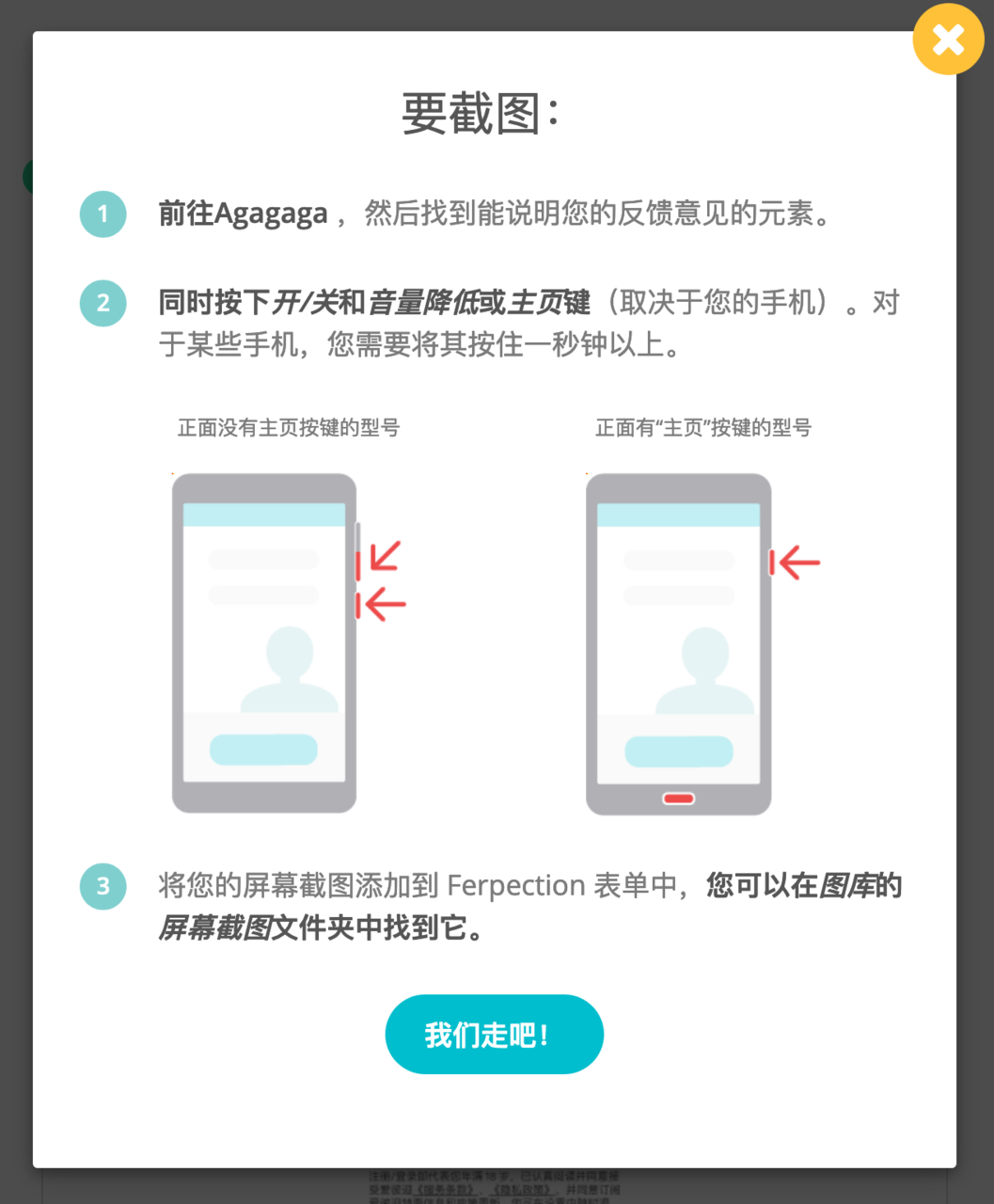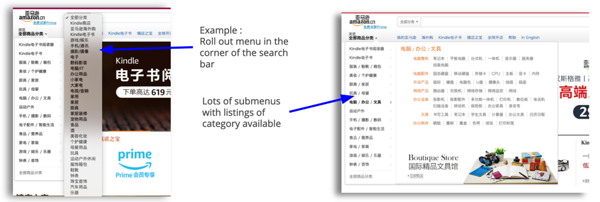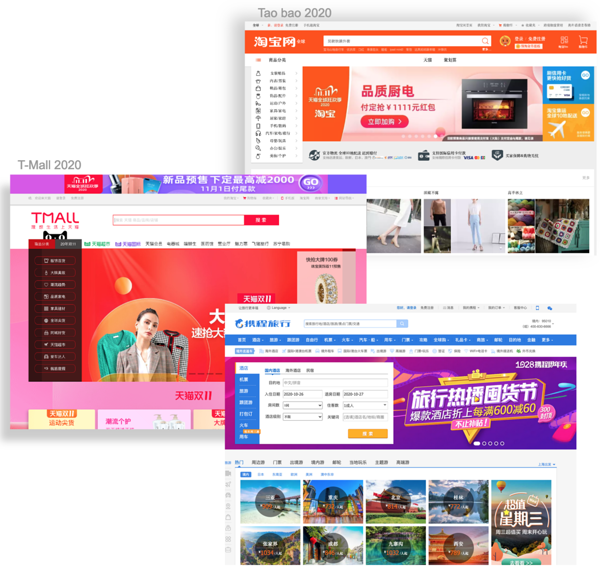November 13, 2020
UX in China: how to leverage cultural difference through UX research and user tests
Our testing platform is now fully available in simplified Chinese for users. This new feature strengthens our user research expertise in China and Hong Kong. And for this article, I invite you on a journey to the other country of UX research.
Why China for your UX research, user tests, focus groups, etc.
Growth potential for companies
With 800 million internet users in 2019* and almost as many mobile users, China represents an unimaginable potential as well as an uncharted territory seen from abroad. What to do: localize my existing platform? Create a new one? Sell through local giants like Alibaba and Tmall? All projects to optimize to prevent missing out on this new market.
At the same time, many European brands are starting out with assets, especially in luxury and cosmetics. Having achieved considerable success in retail, they want to speed up their digital activities. They are often at a loss when faced with local teams who like to remind them how different things are here.
Users firmly rooted in the local environment
It seems natural to survey local users to get everyone on the same page. So, we conducted several studies in China and Hong Kong, both face-to-face interviews and remote user tests. In the latter, testers read test scenarios in simplified Chinese and describe their experience also in simplified Chinese.
But then, in the middle of the scenarios and verbatims, our remote usability tests interface appeared in English. Just a few words, but it can be enough to confuse users. Especially since, unlike other cultures, Chinese users will not ask for help because it would also be to risk losing face, or "Mianzi", which literally means "face".
Potential for our customers, difficulties for our users, it was enough to motivate us to simplify the life of some in order to help others!
Chinese users will not ask for help because it would also risk losing face or "Mianzi".
Simplified Chinese in your user tests or when technology improves studies
Technical challenge
From the very beginning of Ferpection, Arnaud, CTO and co-founder, and I had a strong desire to create an international platform. This meant two languages - French and English - but also native access through our panel to countries like the US and the UK. Adding a third language brought its own set of challenges:
- adding language as a process in itself to be able to continue after Chinese,
- automating translations in languages we do not master,
- and mastering a new alphabet and its technical, graphic consequences, etc.
Here is an example of the difficulty encountered. It takes about 3 times less characters to express an idea in simplified Chinese than it does in English. So, when we put a minimum number of characters to prevent a user from summing up their experience as "this website is really great", it's three times more effort for someone writing in simplified Chinese
This challenge accounted for a "discovery" cycle and a development cycle, for a total of about three months in all.
What does the Ferpection platform look like in simplified Chinese?
From now on, if you are a Chinese user or in Hong Kong, your testing experience is fully localized and seamless. You will only see simplified Chinese:
- Questions to ensure that you are part of the study target.
- Test instructions.
- Contextual help and interface to describe your experience.
- Post-test questions.
- Moderator questions to improve your feedback if needed.
On the customer side, you always have access to the original verbatims and translations.
How to further improve international UX research through the Ferpection user tests platform in the future
Lastly, here are a few paths open to us for new developments with the arrival of simplified Chinese on the platform:
- Add new languages.
- Optimize the display of source verbatims with their translation.
- Enhance our analysis reports for the growing number of studies conducted in several countries.
Cultural differences, UX, UI, is everything different in China?
More than UX, UI is already changing in China
Chinese internet is very different, with different markers: mobile first to mobile only, with major players that we are not used to: Alibaba, Baidu, Tencent... It is therefore only natural that the interfaces are very different, but this does not necessarily mean that expectations in terms of experience will be different. An interesting topic to study!
Meanwhile, here is an example. In China, interfaces rely on menu navigation rather than search. Indeed, typing is tedious, and auto-completion is rare:
And there are also real cultural legacies that will impact dramatically your design
Yet sometimes people's experience expectations will be different than those of other countries. Distinguishing between UX and UI allows you to better understand the localization of your websites and apps in different countries.
For instance, people in China have a cultural preference for warm colors with specific meanings:
- Orange and red are associated with happiness, abundance, good fortune and celebration.
- Green and yellow are also colors representing luck, a highly important aspect of everyday life.
All within a very dynamic digital landscape
Perceived for quite some time as overloaded with text and visuals compared to their Western equivalents, some Chinese websites have, since 2018, evolved towards more minimalist styles, especially in the fields of e-commerce, technology or websites targeting younger crowds. Despite liking a more simplified design, Chinese people are still used to having access to maximum information as soon as they arrive on a website. It is therefore necessary not to over-simplify and to offer many hyperlinks as well as overviews, such as videos. Without this, the lack of access to information can generate mistrust or the perception that the brand has little to say.
Focus groups, in-depths interviews: Chinese user research is not limited to remote user tests
China or not China, each problem has different study solutions. In a future article, we will come back to:
- the different methodologies that allow you to conduct your UX at a global level: remote tests but also individual interviews, focus groups and quantitative surveys among others.
- the countries in which to conduct these studies and the recruitment methods associated with international sampling.
Whatever your projects for the Asian continent, Ferpection will assist you, as always, in France and internationally to better understand your users and make UX a competitive advantage on your market.
* Source: Abacus 2019All articles from the category: User research | RSS




